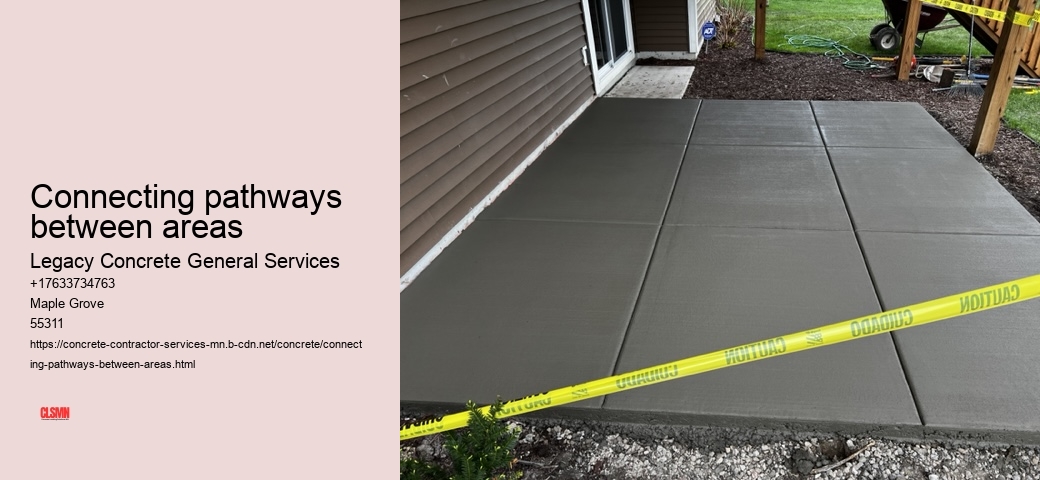Connecting pathways between areas is a concept that resonates deeply across disciplines, from urban planning and transportation to ecosystems and human interactions. At its core, it represents the idea of creating seamless links that foster movement, exchange, and collaboration. These pathways-whether physical, metaphorical, or technological-are critical for building cohesion in any system. They not only bridge distances but also promote progress by enabling different components to interact in meaningful ways.
In urban environments, the importance of connecting pathways cannot be overstated.
Connecting pathways between areas - Painters
- Stamped
- Retaining Wall
- Salt
- Blueprint
Similarly, connecting pathways are crucial in natural ecosystems. Wildlife corridors serve as lifelines for animal populations by linking fragmented habitats. As humans continue to encroach on natural landscapes through deforestation or urban development, these corridors become essential for maintaining biodiversity and ecological balance. They allow species to migrate safely in search of food, mates, or new territories while mitigating the effects of habitat loss. The absence of such pathways can lead to population declines or even extinction as isolated groups struggle to adapt to changing conditions.
Connecting pathways between areas - Moisture
- Truck
- Concrete Repair
- Moisture
- Painters
On a more abstract level, the notion of connecting pathways applies equally well to human relationships and communication networks. In an increasingly globalized world, digital connections have become the bridges between people separated by vast distances. Platforms like social media or video conferencing tools allow us to share ideas instantly across continents-a feat unimaginable just decades ago. By fostering global conversations and collaborations through technology-driven pathways, humanity has unlocked unprecedented opportunities for innovation and understanding.
However, these connections come with challenges too; poorly designed pathways can create barriers rather than bridges.
Connecting pathways between areas - Moisture
- Basement
- Epoxy
- Cement
- Construction
Connecting pathways between areas - Concrete Repair
- Decorative Concrete
- Lawn Care
- Texture
- Decorative
